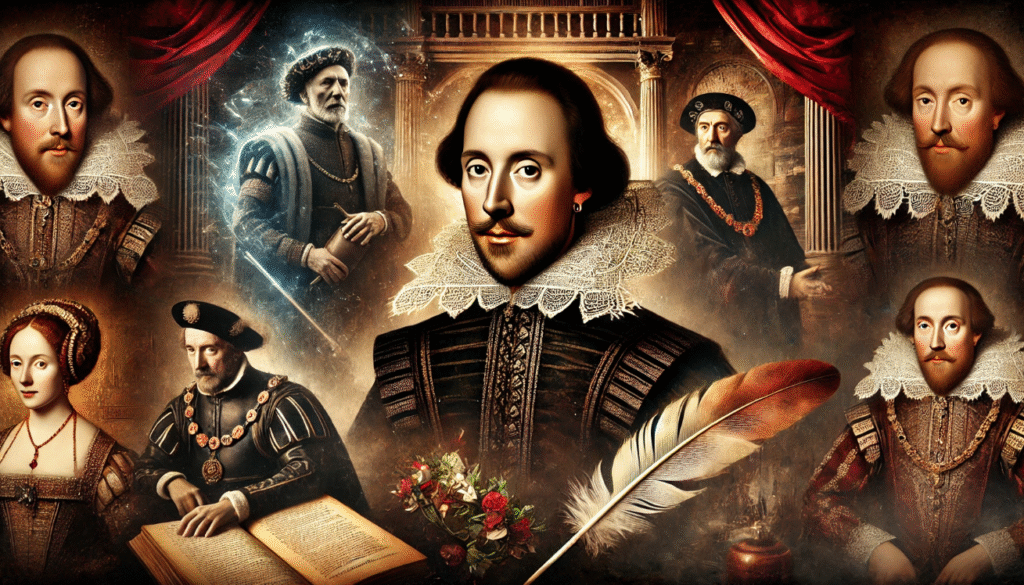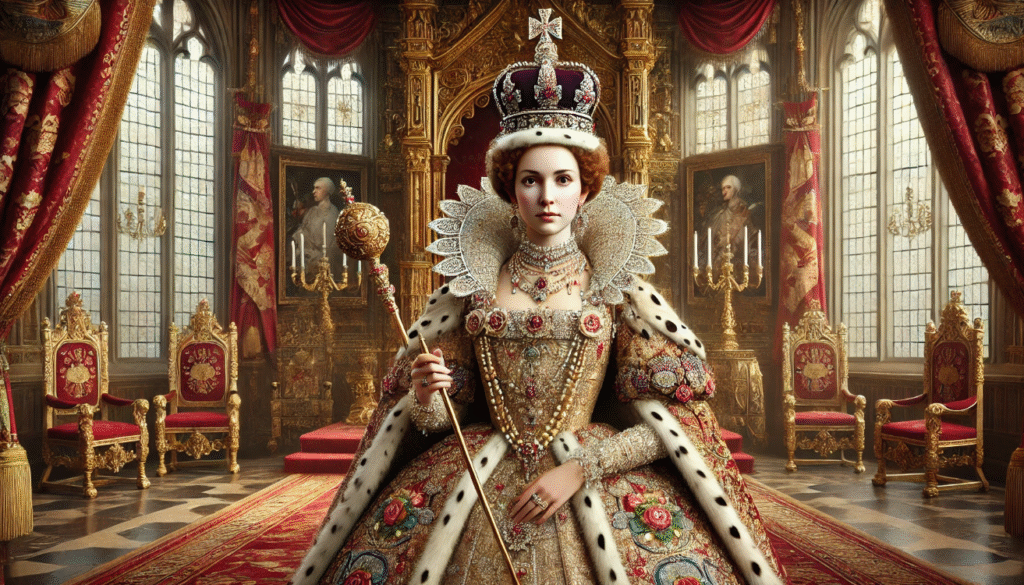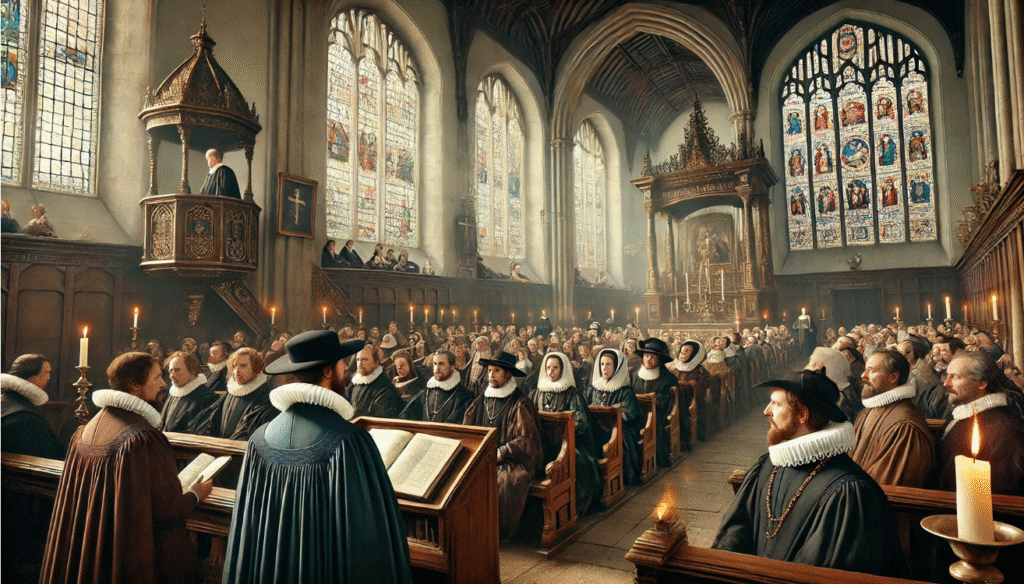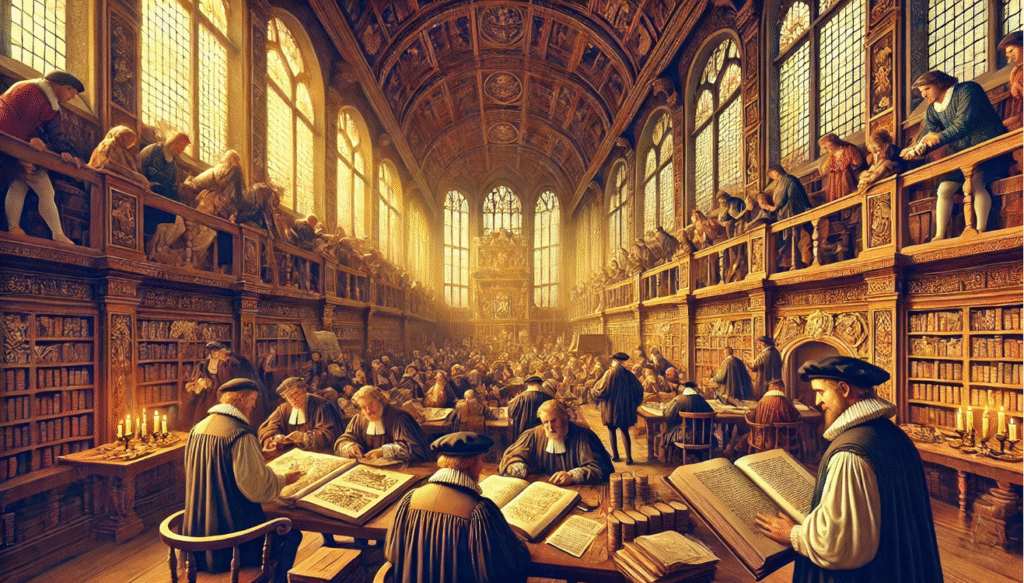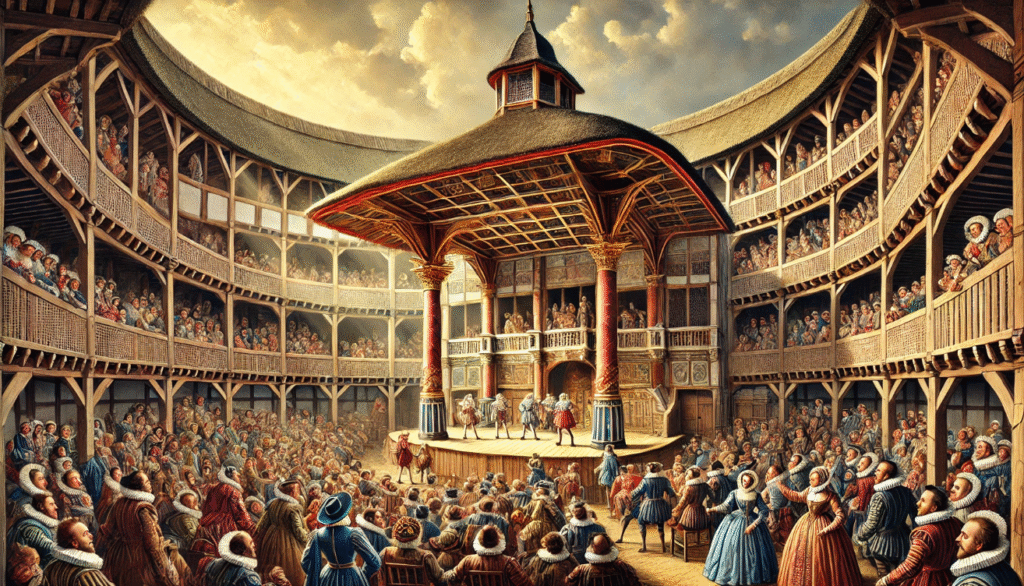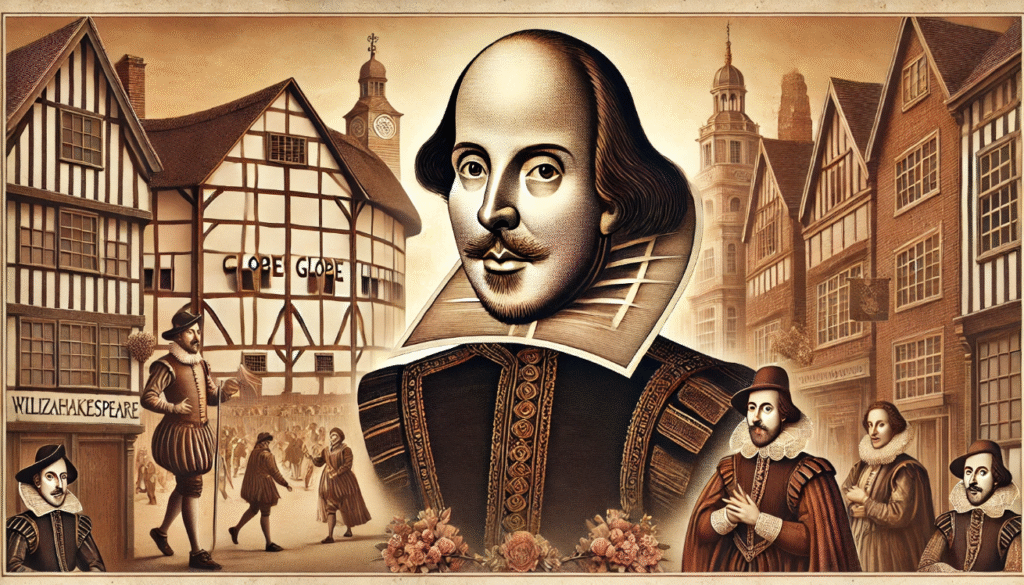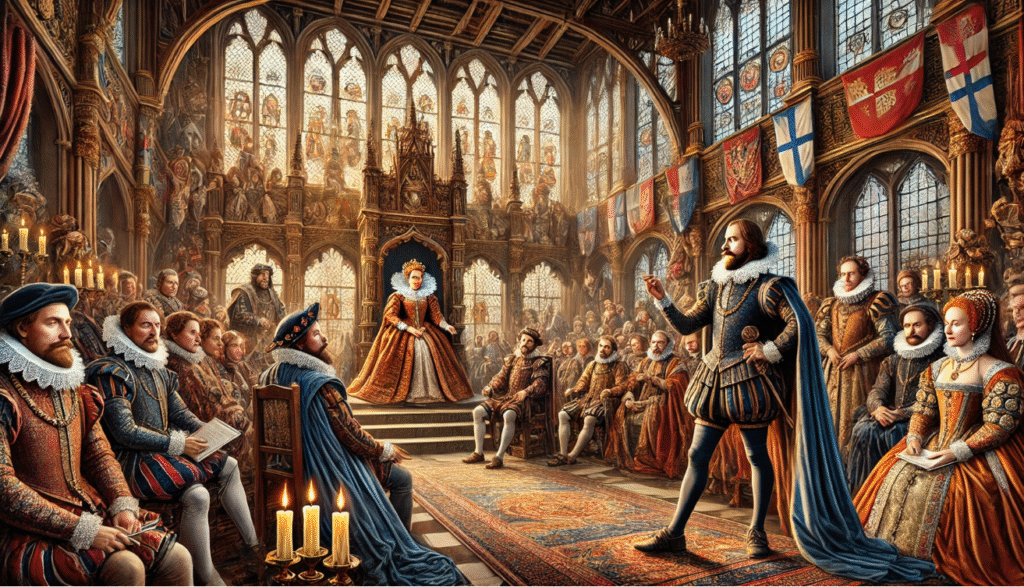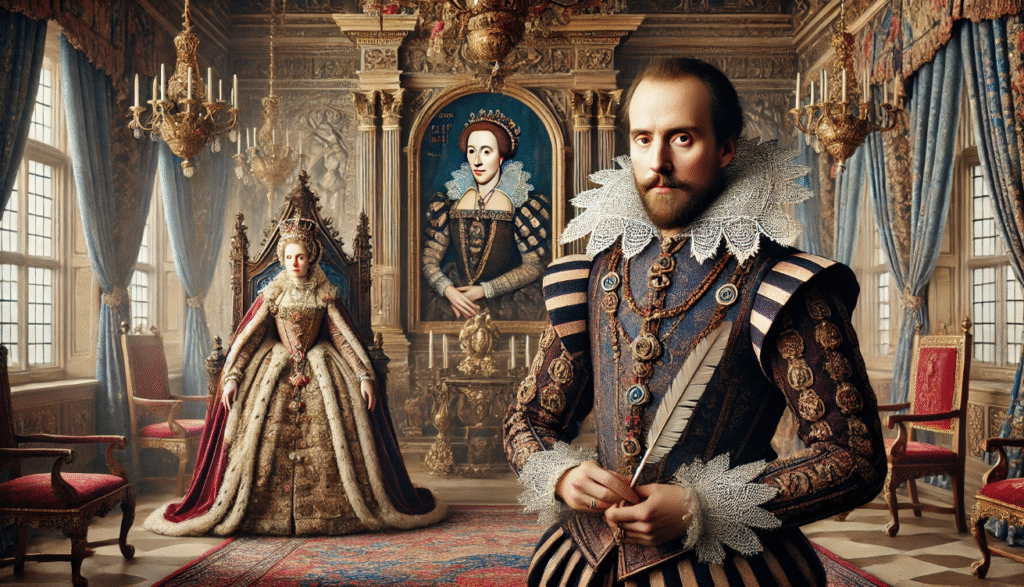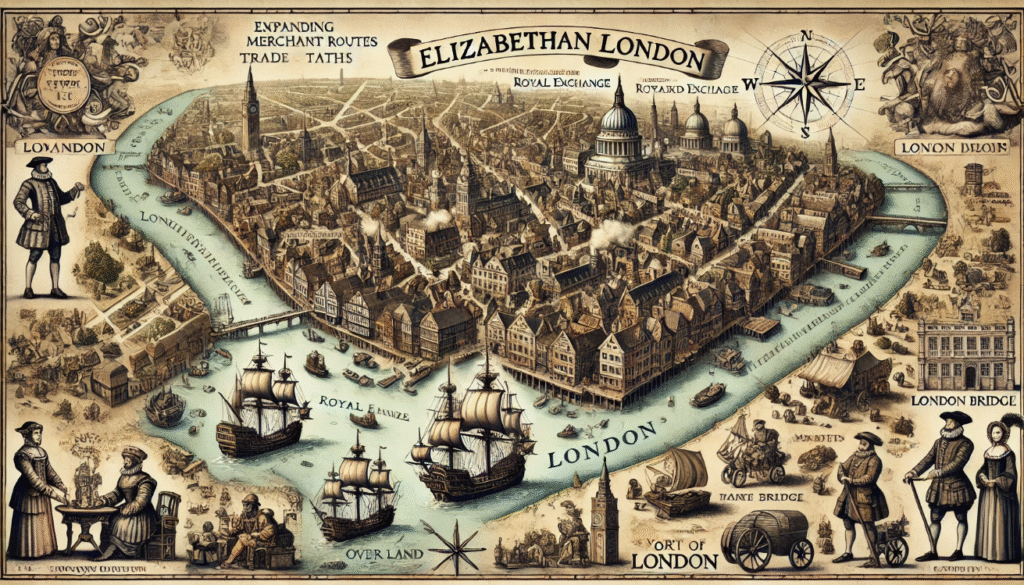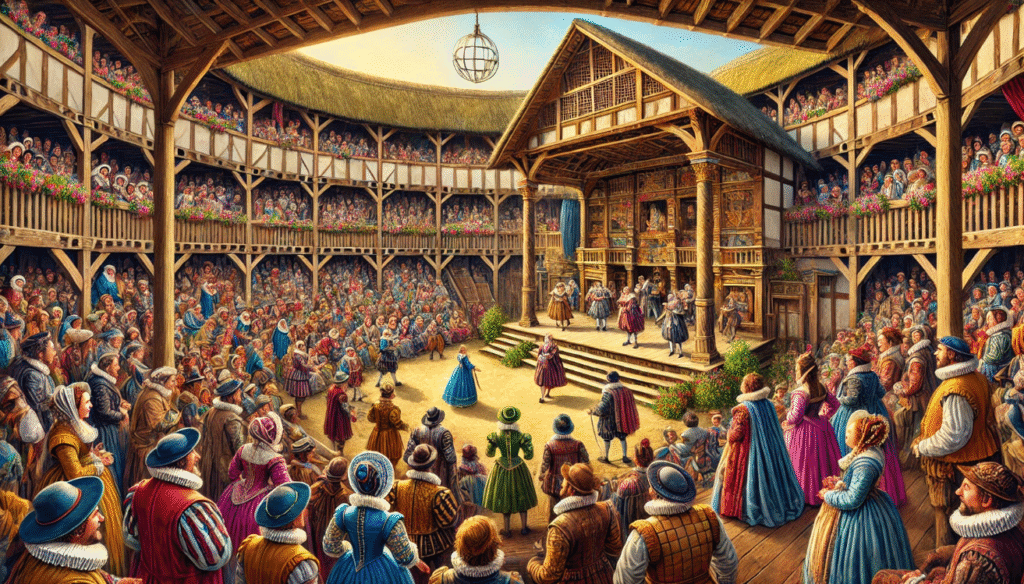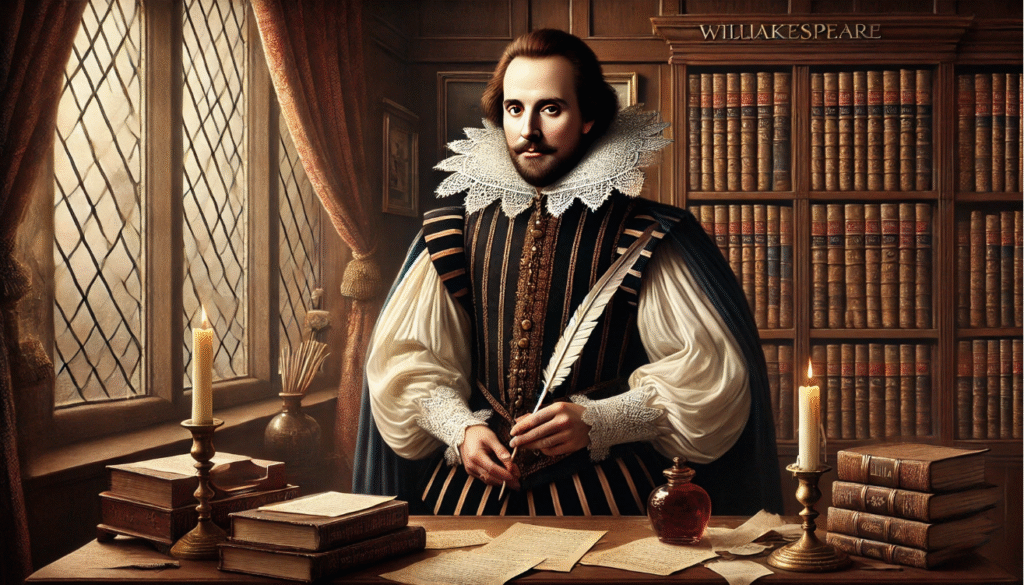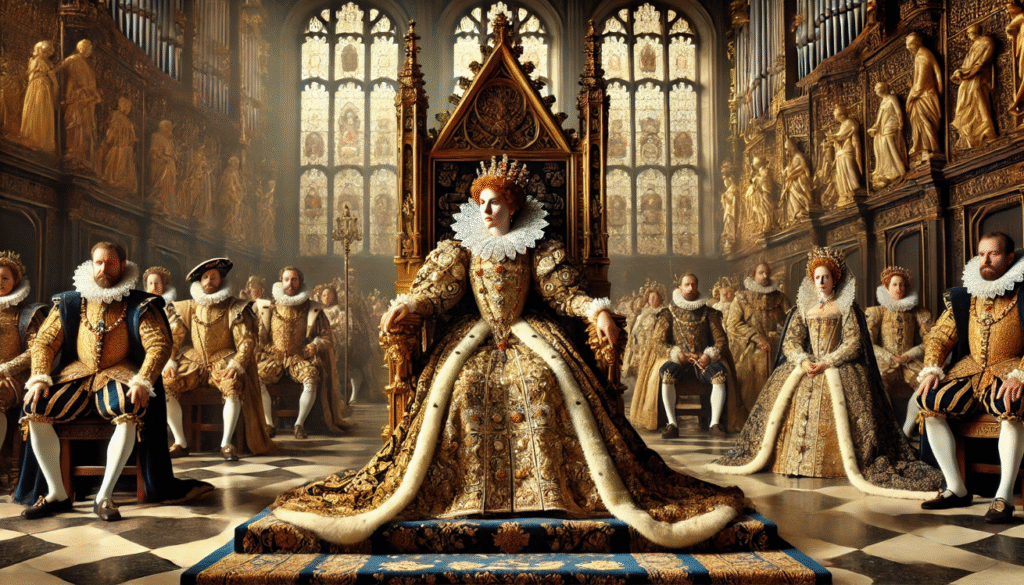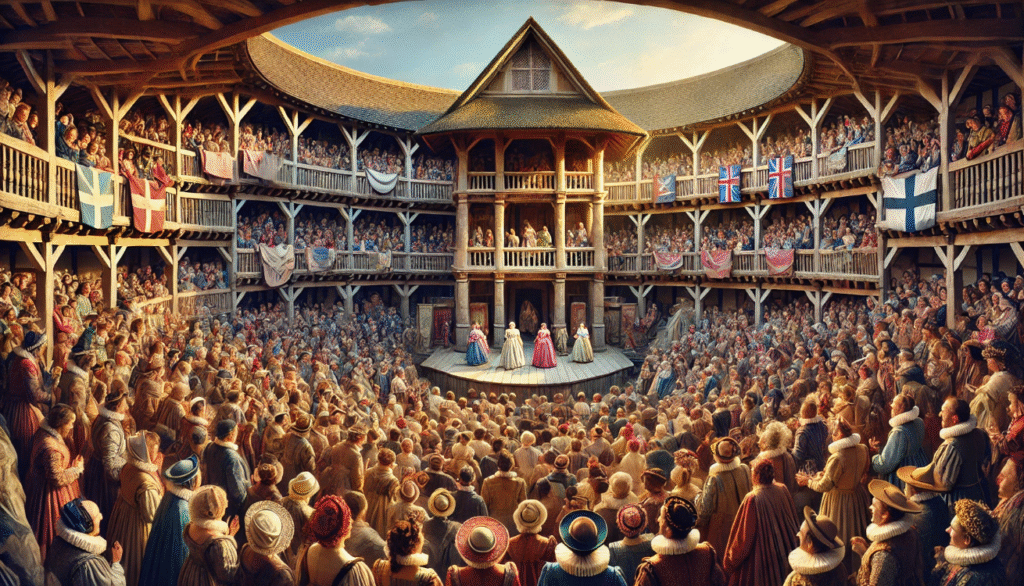 William Shakespeare was a renowned playwright and poet from the Elizabethan era, known for his timeless works such as “Romeo and Juliet,” “Macbeth,” and “Hamlet.” His impact on literature and theater is immeasurable, and his plays continue to be studied and performed around the world. Shakespeare’s portrayal of historical figures Shakespeare’s historical plays, including “Henry IV,” “Richard III,” and “Julius Caesar,” have played a significant role in shaping perceptions of historical figures and events. Shakespeare’s portrayal of historical figures through his masterful storytelling and vivid characterizations, Shakespeare brought to life the complexities of power, ambition, and political intrigue in different time periods.
William Shakespeare was a renowned playwright and poet from the Elizabethan era, known for his timeless works such as “Romeo and Juliet,” “Macbeth,” and “Hamlet.” His impact on literature and theater is immeasurable, and his plays continue to be studied and performed around the world. Shakespeare’s portrayal of historical figures Shakespeare’s historical plays, including “Henry IV,” “Richard III,” and “Julius Caesar,” have played a significant role in shaping perceptions of historical figures and events. Shakespeare’s portrayal of historical figures through his masterful storytelling and vivid characterizations, Shakespeare brought to life the complexities of power, ambition, and political intrigue in different time periods.
In this article, we will be exploring the accuracy and artistic liberties in Shakespeare’s portrayals of real historical figures. Shakespeare is known for taking creative liberties with historical events and figures in his plays, and it is important to understand the balance between historical accuracy and artistic interpretation. We will delve into the ways in which Shakespeare’s depictions of historical figures may differ from the actual historical record, and the impact of these artistic choices on our understanding of history.
Shakespeare’s Historical Plays: An Overview

A historical play in Shakespeare’s works is a play that is based on historical figures and events, often focusing on the lives of monarchs, political leaders, and key moments in history. These plays typically blend fact with fiction and are set in a specific historical period. Key examples of historical plays in Shakespeare’s works include Richard III, which portrays the rise and fall of the infamous English king; Henry V, which follows the young king’s military campaign in France; Julius Caesar, which depicts the assassination of the Roman leader and its aftermath; and Macbeth, which is based on the reign of the Scottish king.
Shakespeare was a master at combining historical facts with dramatic storytelling in his plays. He often took real events and figures from history and infused them with dramatic elements to create compelling stories. This blending of fact and fiction allowed him to entertain and engage audiences while also shedding light on important historical events and figures.
Shakespeare’s Approach to Historical Accuracy
Shakespeare was known for taking creative liberties with historical events and figures in his plays. He often used dramatic license to enhance the storytelling and dramatic impact of his works. For example, in his play “Julius Caesar,” Shakespeare took liberties with the actual events and characters in order to create a more compelling narrative. Shakespeare drew from a variety of historical sources, including Holinshed’s Chronicles, Plutarch’s Lives, and other historical records. While he aimed to stay true to the essence of the historical events and figures, he was not bound by strict adherence to historical accuracy. This allowed him the freedom to create more dynamic and engaging characters and storylines.
Shakespeare often altered or exaggerated historical events for theatrical impact in his plays. For example, in his portrayal of Richard III, Shakespeare exaggerated the historical figure’s physical deformities and villainous nature to create a more compelling and dramatic character. In Julius Caesar, Shakespeare condensed and altered historical events for dramatic effect, such as the timing and manner of Caesar’s assassination. These alterations and exaggerations allowed Shakespeare to create more engaging and memorable narratives for his audiences, while also exploring timeless themes and ideas.
Case Study 1: Richard III – The Villainous King

Richard III was the last king of the Plantagenet dynasty and ruled England from 1483 to 1485. His reign was marked by controversy and conflict, particularly due to his ascent to the throne and the disappearance of his young nephews, who were potential heirs. After his death in the Battle of Bosworth Field, Richard III’s reputation was further tarnished by Tudor propaganda, which depicted him as a villainous, hunchbacked tyrant. This negative portrayal was perpetuated by William Shakespeare in his play “Richard III,” which further solidified the king’s image as a ruthless and power-hungry ruler. However, in recent years, historical revisionism has sought to challenge this characterization of Richard III.
Shakespeare amplified Richard’s villainous traits for dramatic purposes by emphasizing his physical deformity, using it as a symbol of his inner corruption. Additionally, he portrayed Richard as a master manipulator, using his charm and cunning to deceive and manipulate those around him. Lastly, Shakespeare highlighted Richard’s unrelenting ambition, showing how it drove him to commit increasingly heinous acts in his quest for power. These exaggerated traits served to make Richard a compelling and larger-than-life villain, adding depth and drama to the play.
The play “Richard III” by William Shakespeare has had a significant impact on the public perception of the historical figure, as well as on his historical legacy. The portrayal of Richard III in the play as a manipulative and ruthless villain has had a lasting influence on how he is remembered by the public. Shakespeare’s depiction of Richard III as a power-hungry and conniving individual has shaped the popular image of the king, leading many to view him as a tyrant and a villain. This portrayal has contributed to a negative public perception of Richard III, which has in turn influenced his historical legacy.
Case Study 2: Julius Caesar – The Fall of a Leader

Julius Caesar was a prominent Roman general and statesman whose impact on history cannot be overstated. His conquest of Gaul and his subsequent rise to power in Rome transformed the Roman Republic into the Roman Empire, fundamentally altering the course of Western civilization. However, his increasing power and influence ultimately led to his assassination by a group of senators who feared his growing authority. Shakespeare’s portrayal of Caesar in his play Julius Caesar paints a complex picture of the historical figure. While Caesar is depicted as a powerful and ambitious leader, he is also shown as a man struggling with his own mortality and vulnerability. The play delves into the political machinations and betrayals that ultimately lead to Caesar’s downfall, highlighting the tension between loyalty and ambition.
The famous “Et tu, Brute?” scene from Shakespeare’s play Julius Caesar has had a significant impact on shaping Caesar’s image in popular culture. The dramatic effect of this scene, where Caesar expresses shock and betrayal upon realizing that even his close friend Brutus is involved in his assassination, has contributed to the perception of Caesar as a tragic figure. Shakespeare’s emphasis on themes of fate, power, and betrayal in this scene has added layers of complexity to the historical figure of Caesar. While the historical facts surrounding Caesar’s assassination are well-documented, Shakespeare’s interpretation has played a crucial role in how the public perceives and understands this pivotal moment in history.
Case Study 3: Henry V – The Heroic Monarch

Henry V was a significant figure in English history due to his role as a warrior king and his successes in the Hundred Years’ War. He was known for his military prowess and his victory at the Battle of Agincourt in 1415, which cemented his reputation as a great leader. Shakespeare’s portrayal of Henry V in his play captures the king’s charismatic and inspiring leadership qualities, as well as his strategic and tactical skills in the lead-up to the famous battle. Henry V’s reign also saw the strengthening of England’s position in Europe and the expansion of its territory in France. His legacy as a warrior king and his impact on English history make him a historically significant figure.
In Shakespeare’s play Henry V, the hero’s qualities of leadership, courage, and statesmanship are portrayed in a larger-than-life manner, shaping national identity. Shakespeare effectively balances historical events with an idealized portrayal of Henry, crafting a character who embodies the qualities of a strong and inspiring leader. This portrayal not only celebrates the heroism of Henry V but also serves to elevate and reinforce the image of England as a powerful and unified nation. The political context in which Shakespeare wrote the play also influenced the depiction of Henry V. At the time, England was facing internal and external challenges, and the play served as a form of propaganda to rally support for the ruling monarch and bolster national pride.
Shakespeare’s Portrayal of Historical Figures as Political Commentary

Shakespeare’s portrayal of historical figures in his plays often reflects the political and social concerns of the Elizabethan era. By depicting the lives and actions of rulers and political figures from the past, Shakespeare was able to comment on the contemporary political climate without directly criticizing those in power. For example, in his play “Julius Caesar,” Shakespeare explores themes of power, ambition, and betrayal, which were relevant to the political landscape of his time. The character of Caesar can be seen as a reflection of the fears and anxieties surrounding the monarchy in Elizabethan England. Similarly, in “Richard III,” Shakespeare portrays the Machiavellian tactics of the eponymous king, highlighting the dangers of unchecked power and the consequences of political manipulation.
Shakespeare’s audience would have likely viewed these portrayals through the lens of their own political and social context. The use of historical figures as symbols for larger themes would have allowed the audience to infer various political messages from the plays. For example, in Julius Caesar, the portrayal of Caesar as a powerful leader who is ultimately betrayed and assassinated could have been seen as a commentary on the dangers of unchecked power and the potential for corruption within a ruling class. Likewise, the character of Macbeth’s rise to power through deceit and violence in Macbeth could have been interpreted as a cautionary tale about the consequences of ruthless ambition and the corruption of power.
The Lasting Impact of Shakespeare’s Historical Figures on Modern Perceptions

Shakespeare’s portrayals of historical figures have had a lasting impact on how these figures are viewed in modern interpretations of history. His works have influenced literature, popular culture, and even public figures who are often compared to Shakespearean characters. The characters and stories he brought to life continue to shape our understanding of history and the individuals who played a significant role in it. Shakespeare’s depiction of historical figures has blurred the lines between historical reality and his dramatization. This means that modern audiences may still view figures like Caesar or Richard III through the lens of Shakespeare’s interpretations. This has led to ongoing debates about the accuracy of Shakespeare’s portrayals and how they have shaped our understanding of these historical figures.
Shakespeare’s use of dramatic license allowed him to take creative liberties with historical events and figures in order to craft compelling narratives. He drew from a variety of historical sources, such as Holinshed’s Chronicles, to inform his plays, but ultimately shaped his portrayal of historical figures through both artistic and political influences. This intersection of history and drama in Shakespeare’s works highlights the way in which his plays serve as both creative works and cultural commentary, providing insight into the political and social dynamics of his time. Understanding Shakespeare’s historical plays in this dual context is crucial for appreciating their significance in both literary and historical terms.

